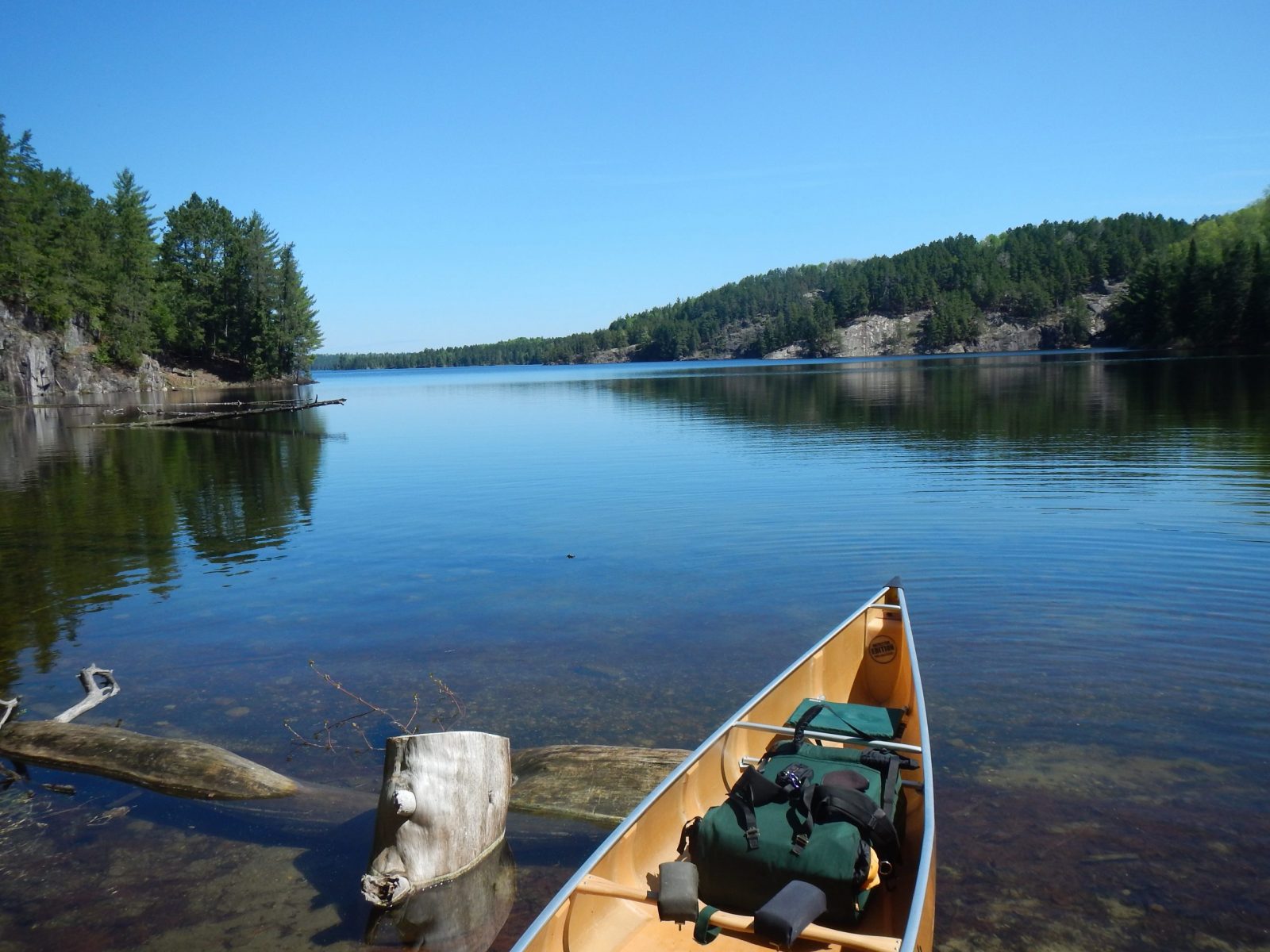Interior Secretary Deb Haaland signed a mineral withdrawal order protecting the Boundary Waters Canoe Area Wilderness in Superior National Forest from sulfide-ore copper mining. Sulfide-ore copper mining generates waste rock full of sulfates, which, when exposed to air and water, produces sulfuric acid and leaches toxins like heavy metals into the surrounding water. The mineral withdrawal bans mining on 225,504 acres of Superior National Forest upstream of the Boundary Waters, the most-visited wilderness area in the U.S.
“The Department of the Interior takes seriously our obligations to steward public lands and waters on behalf of all Americans. Protecting a place like Boundary Waters is key to supporting the health of the watershed and its surrounding wildlife, upholding our Tribal trust and treaty responsibilities, and boosting the local recreation economy,” said Haaland. “I have made this decision using the best-available science and extensive public input.”
According to a statement released by the Department of Interior, “the Forest Service conducted a science-based environmental assessment to evaluate the potential impacts of prohibiting new mineral and geothermal exploration and development within the Rainy River watershed for the next 20 years. The analysis and decision were informed by approximately 225,000 comments gathered from two public comment periods, three virtual public meetings and two Tribal consultations.”
Based on this environmental assessment, the Forest Service applied to the Bureau of Land Management for the mineral withdrawal. The BLM manages U.S. subsurface mineral and geothermal rights, including those under the national forest.
“I applaud Secretary Haaland’s decision to protect the long-term health of the Rainy River watershed, including the irreplaceable Boundary Waters Canoe Area Wilderness,” said Agriculture Secretary Tom Vilsack. “This landscape is an international resource renowned for its multitude of recreational opportunities and provides millions of visitors with unparalleled wilderness experiences.”
According to the Interior statement, the 1.1-million-acre Boundary Waters contributes up to $17.4 million annually to the local recreation and tourism economies. The area includes more than 1,100 lakes surrounded by forests that extend nearly 150 miles along the border with Canada. Congress expanded protections for the wilderness area in 1978, when it directed the Forest Service to maintain high water quality and to minimize “to the maximum extent possible” the environmental impacts associated with mineral development.
The withdrawal order is authorized by the Federal Land Policy and Management Act, which grants the Secretary of the Interior the authority to withdraw this area from mineral development for a maximum of 20 years, subject to renewal. Only Congress can legislate a permanent withdrawal.
FSEEE has consistently opposed sulfide-ore mining in the Rainy River watershed and applauds this action by Secretary Haaland. Additional information is available here, here, here, here, and here.


